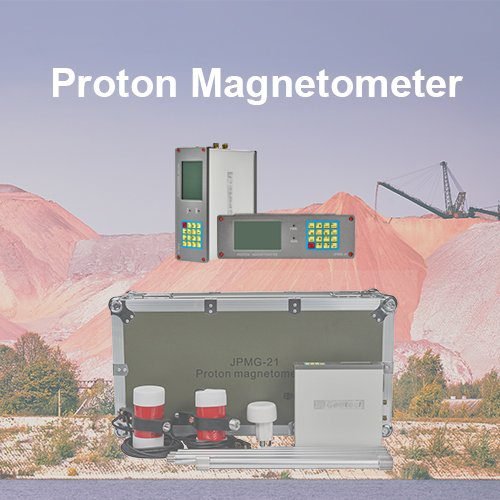Welcome to Geotech!

What is Schlumberger Array? A Deep Dive into 2D/3D Resistivity Imaging & Applications
Bilingual Content
1. Definition and Principles of Schlumberger Array
The Schlumberger Array is a classic four-electrode configuration widely used in resistivity sounding and electrical prospecting. Its core feature lies in the asymmetric spacing between current electrodes (A, B) and potential electrodes (M, N). The apparent resistivity formula is:
ρa=π⋅MN(AB/2)2−(MN/2)2⋅IΔV
where AB is the spacing between current electrodes, MN is the spacing between potential electrodes, ΔV is the voltage difference, and I is the injected current.
This asymmetric design allows flexible adjustment of exploration depth, making it particularly effective for vertical stratification analysis and deep-layer detection (>200m). It is ideal for groundwater resource assessment and mineral exploration.
2. Method Comparison
Schlumberger Array vs. Wenner vs. Dipole-Dipole
- Schlumberger Array:
- Strengths: Superior depth penetration (>200m), high vertical resolution, and adaptability to complex stratigraphy.
- Limitations: Lower lateral resolution at shallow depths; requires advanced software (e.g., Res2Dinv) for data processing.
- Wenner Array:
- Strengths: High horizontal resolution (error <5%) for shallow homogeneous media (<100m).
- Limitations: Fixed electrode spacing limits depth exploration and efficiency.
- Dipole-Dipole Array:
- Strengths: Excellent lateral resolution for identifying faults and karst caves.
- Limitations: Rapid signal attenuation and susceptibility to environmental noise.
2D vs. 3D ERT Imaging
- 2D ERT: Cost-effective for linear targets (e.g., leakage channels) but limited to single profiles.
- 3D ERT: Reveals 3D structures (e.g., contaminant plumes) but demands higher computational resources.
3. Applications & Case Studies
Groundwater Contamination Assessment
- Case: A chemical plant combined the Schlumberger Array with 3D ERT to map chlorinated hydrocarbon diffusion, achieving 90% alignment with borehole data.
Landfill Boundary Detection
- Technique: Identified low-resistivity anomalies (2–15 Ω·m) with <3m error margins, guiding remediation projects13.
Deep Geothermal Exploration
- Result: In Tibet’s geothermal fields, the Schlumberger Array integrated with magnetotelluric (MT) methods detected high-temperature fracture zones >500m deep, increasing drilling success rates by 40%.
4. Forward Modeling & Inversion
Forward Modeling
- Purpose: Validates theoretical models (e.g., layered media or fault zones) using finite element analysis (FEM) or boundary element methods (BEM).
- Tools: COMSOL Multiphysics, FEMM.
Inversion Algorithms
- Least Squares: Suitable for smooth models but prone to local minima.
- Occam Inversion: Regularization-based optimization ensures stability (e.g., GeoTom software).
Case Study: A coal mine goaf initially misjudged via 2D inversion achieved 35% higher accuracy using 3D Occam inversion.
5. Trends & Challenges
- AI Integration: Convolutional Neural Networks (CNNs) reduce inversion computation time by 50%.
- Multi-Physics Fusion: ERT combined with seismic imaging resolves ambiguities (e.g., distinguishing aquifers from clay layers).
- Hardware Innovations: Distributed electrode systems (e.g., 64-channel Geopen E60DN) enable real-time data transmission.
Further reading | Technical solutions related to this article
In the field of resource exploration and engineering testing, accurate data is the key to success. As an innovator of resource and environmental instruments, Geotech has always taken high-precision electrical exploration technology as its core to provide reliable solutions for global users.
If you want to learn more about how the [Electrical Exploration System (ERT)] can help mineral exploration and geological research, please click on the electrical instrument product page to explore details, or visit Geotech’s official website to view the full range of exploration equipment (covering more than ten categories of products such as magnetometers, seismic nodes, and geological radars). Our technical team is on call at any time to customize scientific solutions for your project – making unknown strata a controllable data map.
-1.png)



